-
×
 MPU 9DOF Click
1 × R555.00
MPU 9DOF Click
1 × R555.00 -
×
 HYDROGEN Click
2 × R340.00
HYDROGEN Click
2 × R340.00 -
×
 Alcohol Click
1 × R340.00
Alcohol Click
1 × R340.00 -
×
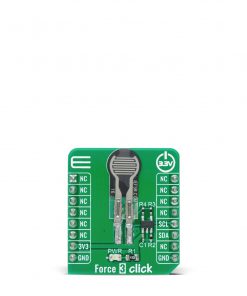 Force 3 Click
1 × R565.00
Force 3 Click
1 × R565.00 -
×
 GSM-GPS Click
1 × R1,350.00
GSM-GPS Click
1 × R1,350.00 -
×
 RN4678 Click
1 × R870.00
RN4678 Click
1 × R870.00 -
×
 METHANE Click
1 × R340.00
METHANE Click
1 × R340.00 -
×
 BEE Click
1 × R810.00
BEE Click
1 × R810.00
Subtotal: R5,510.00




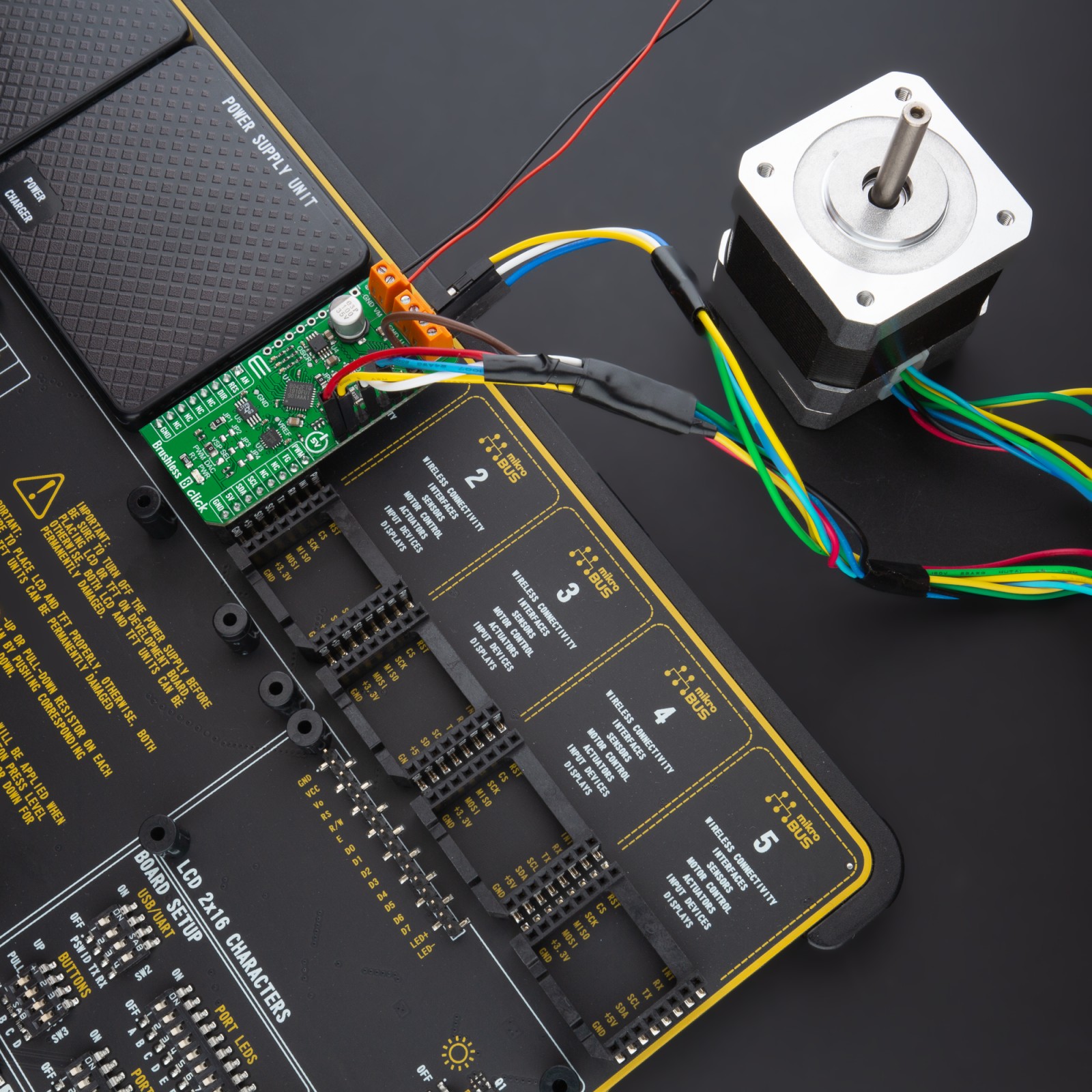

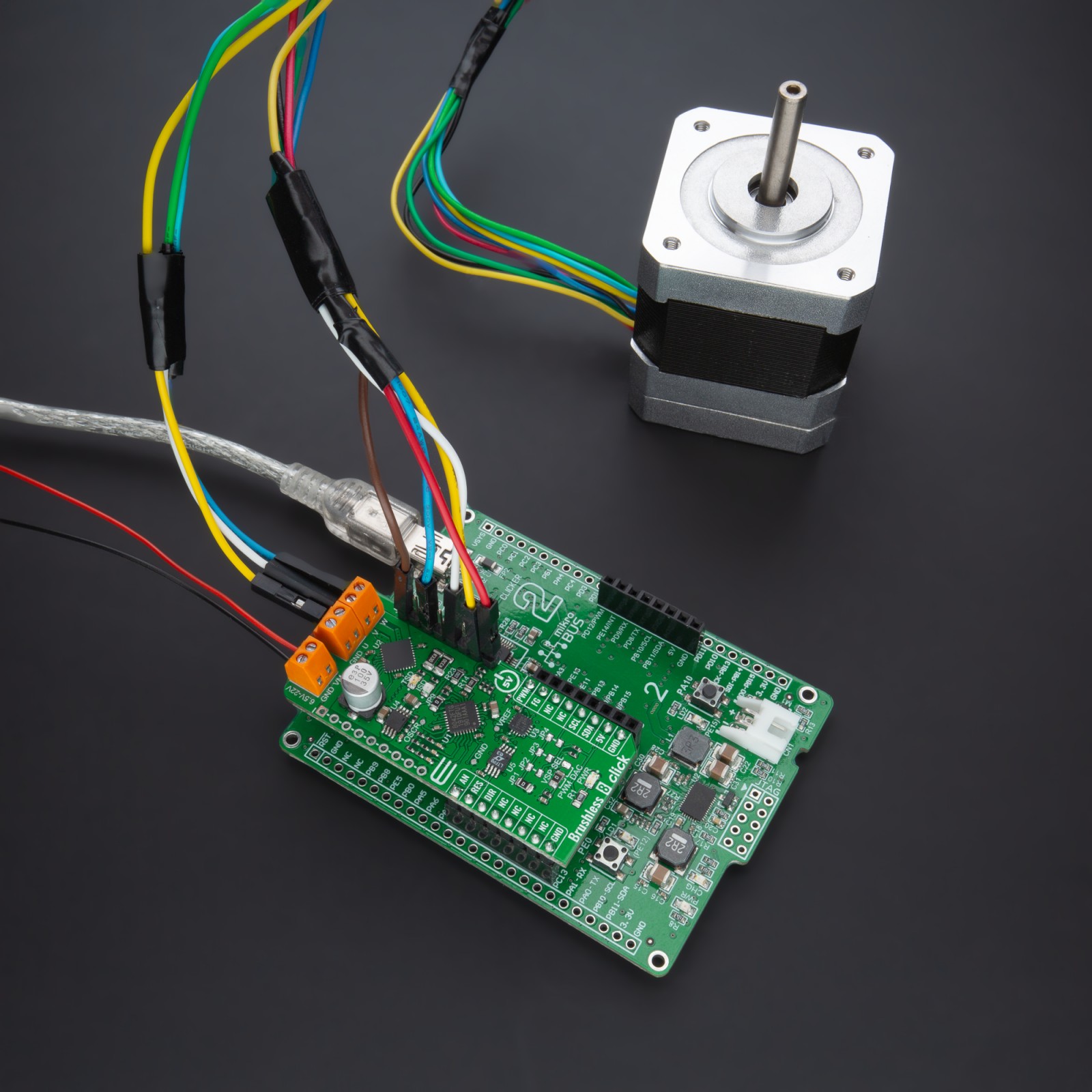

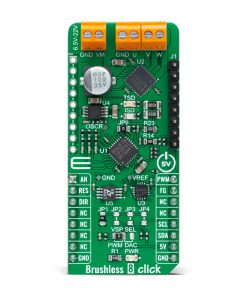
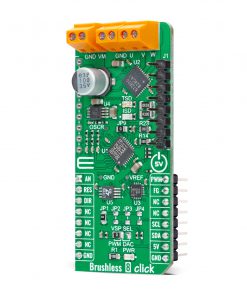


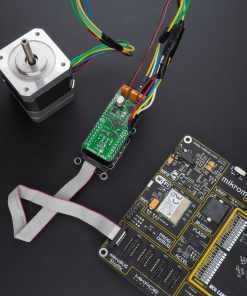
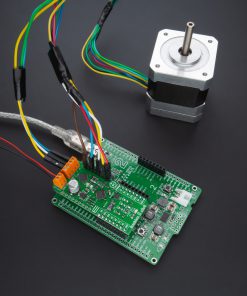

.jpg)






